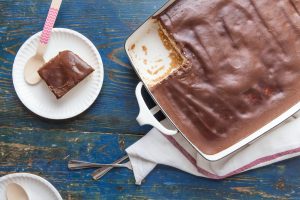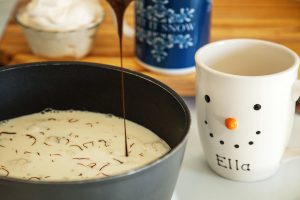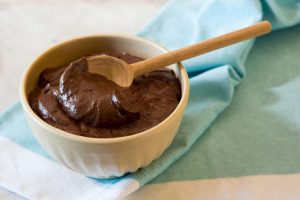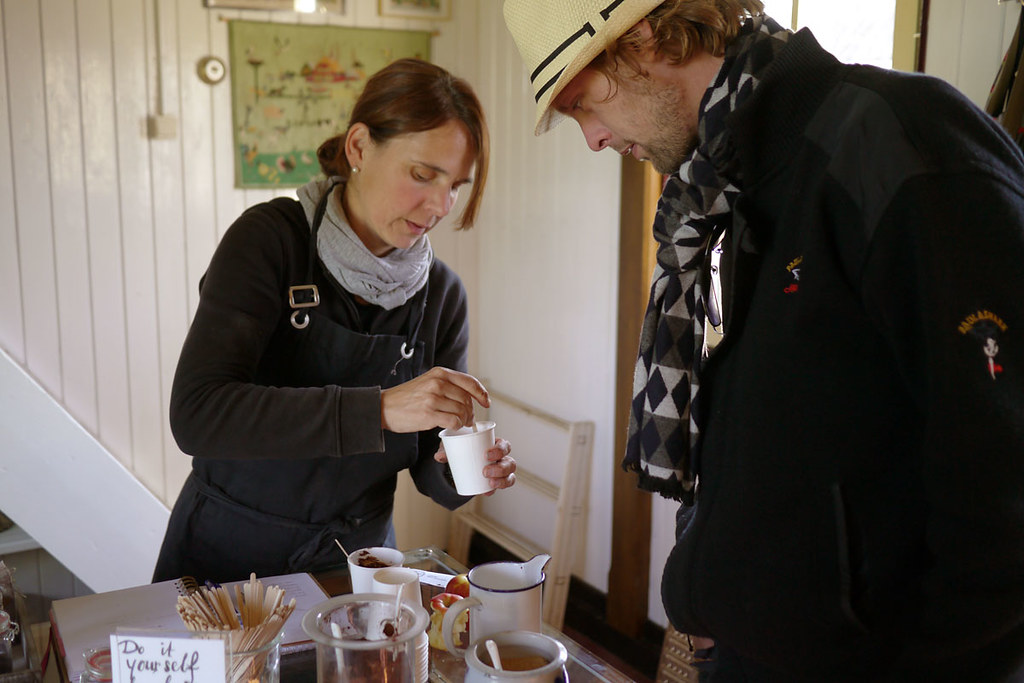Milk chocolate is a beloved treat enjoyed by people of all ages. The process of making milk chocolate involves several steps, from ingredient preparation to final packaging and storage. This article will delve into the intricacies of milk chocolate production, highlighting the popularity and love for this delightful confection.
Ingredients Used in Milk Chocolate Production



To create the delectable taste and smooth texture of milk chocolate, several key ingredients are used. These include:
- Cocoa/cacao butter: Derived from cocoa beans, cocoa/cacao butter provides the rich flavor and creamy mouthfeel characteristic of milk chocolate.
- Whole milk powder: Adding creaminess and contributing to the distinct taste of milk chocolate, whole milk powder is an essential ingredient.
- Cocoa powder: Enhancing the chocolate flavor and adding depth to the overall taste profile, cocoa powder plays a crucial role in milk chocolate production.
- Powdered sugar: Providing sweetness and helping achieve the desired consistency of the chocolate.
Steps Involved in Making Milk Chocolate
The process of making milk chocolate involves a series of steps that transform the ingredients into the delightful treat we all know and love. Here are the key steps:
- Melting cocoa/cacao butter: The first step is to melt the cocoa/cacao butter using gentle heat to ensure it becomes a liquid.
- Sifting and mixing cocoa powder: Cocoa powder is sifted to remove any lumps and then mixed with the melted cocoa/cacao butter to form a smooth mixture.
- Adding milk powder: Whole milk powder is added to the mixture, contributing to the creamy and milky flavor of milk chocolate.
- Gradually adding powdered sugar: Powdered sugar is added gradually while stirring continuously until fully incorporated.
- Stirring for 5 minutes: The mixture is stirred for an additional 5 minutes to create a smoother texture.
Grinding, Refining, Conching, and Tempering
Before the actual milk chocolate production, cocoa beans must be processed to extract cocoa/cacao butter and powder. This involves the following steps:
- Grinding and refining cocoa beans: Cocoa beans are ground and refined to extract cocoa/cacao butter and powder, which are essential ingredients in milk chocolate production.
- Conching process: The conching process involves the continuous mixing and heating of the chocolate mixture. This process helps develop the flavor and texture of the chocolate, resulting in a smooth and velvety consistency.
- Tempering process: The chocolate is heated and cooled to specific temperatures during the tempering process.This ensures the formation of stable crystals, giving milk chocolate its shiny appearance and satisfying snap when broken.
Packaging, Storage, and Shelf Life of Milk Chocolate
Once the milk chocolate is ready, it needs to be properly packaged, stored, and its shelf life considered. Here are some key points:
- Packaging options: Homemade milk chocolate can be poured into molds or ice cube trays, allowing for various shapes and sizes.
- Proper storage conditions: Milk chocolate should be stored in the refrigerator or at room temperature, depending on the environment, to maintain its quality and prevent melting or blooming.
- Shelf life: Homemade milk chocolate typically has a shelf life of around two weeks when stored in the fridge.
Tips and Variations for Homemade Milk Chocolate
For those interested in making homemade milk chocolate, there are several tips and variations to consider:
- Additional flavorings: Homemade milk chocolate can be customized with flavorings such as vanilla powder or natural flavor oils to add unique tastes. Coconut oil can be used as an alternative to cocoa/cacao butter in milk chocolate production, providing an option for those with dietary preferences or restrictions. You can learn how to make homemade milk chocolate with just 4 ingredients.
- Fixing seized chocolate: If the chocolate seizes or becomes grainy, it can be remedied by adding extra cacao butter or vegetable shortening to restore its smooth consistency.
Additional Section: Fun Facts and More Chocolate Recipes
Did you know that a chocolate river was created for the movie “Willy Wonka and the Chocolate Factory”? It was made using a combination of real chocolate and water. Additionally, the world’s largest chocolate bar was produced by Thorntons, weighing a whopping 5,792.5 kg.
If you’re craving even more chocolate goodness, here are some other chocolate-inspired recipes you can explore:
- Chocolate ganache: A luscious and versatile chocolate filling or topping that can be used in cakes, pastries, and more.
- Chocolate milkshake: A classic and indulgent treat made by blending milk, ice cream, and chocolate syrup.
- Chocolate lassi: A twist on the traditional Indian yogurt-based drink, made with chocolate, yogurt, and a hint of spices.
Conclusion: The Joy of Homemade Milk Chocolate
The process of making milk chocolate involves careful preparation, precise steps, and the use of quality ingredients. The result is a delectable treat loved by many. Whether indulging in a piece of homemade milk chocolate or enjoying the convenience of store-bought options, this beloved confection brings joy and satisfaction to chocolate enthusiasts everywhere.

